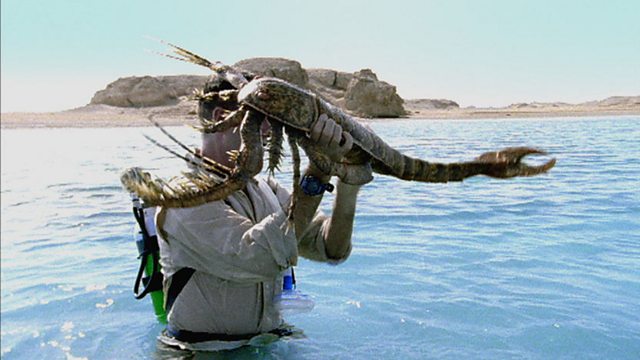 he Earth’s ancient past continues to surprise us with remarkable discoveries, and the recent unearthing of a 2-meter long sea scorpion species in Australia is no exception. This article delves into the fascinating world of this extinct marine creature, exploring its discovery, its unique characteristics, and its implications for our understanding of prehistoric life.
he Earth’s ancient past continues to surprise us with remarkable discoveries, and the recent unearthing of a 2-meter long sea scorpion species in Australia is no exception. This article delves into the fascinating world of this extinct marine creature, exploring its discovery, its unique characteristics, and its implications for our understanding of prehistoric life.
A Glimpse into the Past: The Unearthing of an Ancient Predator
In the vast fossil record of Australia, paleontologists made a remarkable find—a 2-meter long sea scorpion species that thrived millions of years ago. The discovery of this ancient predator sheds light on the diverse marine ecosystems that existed during the prehistoric era. The remarkable preservation of its fossils offers a rare opportunity to delve into the mysteries of this extraordinary creature.
The sea scorpion, officially named Pterygotus australis, roamed the waters of ancient Australia during the Silurian period. With its imposing size and formidable appearance, it was undoubtedly a top predator of its time. The finding of such a well-preserved specimen provides invaluable insights into the ecology and evolution of marine life during this period.
The Anatomy of a Prehistoric Giant
Pterygotus australis, the 2-meter long sea scorpion, possessed a unique set of features that set it apart from its modern relatives. Its body structure was characterized by a long, segmented exoskeleton, jointed appendages, and a pair of large, menacing claws. This combination of traits made it a formidable predator capable of capturing and subduing its prey.
The size of Pterygotus australis is particularly noteworthy. With a length of 2 meters, it surpasses most known sea scorpions, making it one of the largest arthropods to have ever existed. Its large size and robust body suggest that it was a powerful swimmer, capable of traversing the ancient seas with ease.
Unraveling the Ecosystem: The Role of Pterygotus Australis
The discovery of Pterygotus australis provides valuable insights into the dynamics of the prehistoric marine ecosystem. As a top predator, it played a crucial role in maintaining the balance of the ecosystem and influencing the evolution of other species. Its presence likely influenced the behavior, morphology, and distribution of other marine organisms.
The fossil record of Pterygotus australis offers clues about its diet and hunting strategies. The shape and structure of its claws suggest that it used them to grasp and immobilize its prey, which likely consisted of smaller fish, invertebrates, and possibly other sea scorpions. By studying the remains of its stomach contents and associated fossils, researchers can gain a better understanding of the intricate web of life in ancient Australian waters.
Implications for Evolutionary History and Paleoenvironmental Research
The discovery of the 2-meter long sea scorpion species in Australia has significant implications for our understanding of evolutionary history and paleoenvironmental research. By studying the fossils and reconstructing the ancient ecosystems, scientists can gain insights into how life adapted and thrived in prehistoric oceans.
The presence of such large sea scorpions challenges our previous assumptions about the size limitations of marine arthropods during that era. It suggests that the ancient seas were home to a diverse array of giants, and our understanding of prehistoric ecosystems is far from complete.
Furthermore, the discovery highlights the importance of preserving and studying fossil sites around the world. Each new find has the potential to reshape our understanding of the past and provide glimpses into ancient worlds that would otherwise remain shrouded in mystery.
The discovery of a 2-meter long sea scorpion species in Australia is a testament to the wonders of Earth’s ancient past. The finding of Pterygotus australis provides invaluable insights into the prehistoric marine ecosystems, the evolution of arthropods, and the interplay of species within ancient food webs. As paleontologists continue to uncover the secrets of our planet’s history, each new discovery brings us closer to understanding the rich tapestry of life that has existed on Earth for millions of years.
Avid Writer with invaluable knowledge of Humanity!
Upcoming historian with over 30 million views online.
“You make your own life.”





